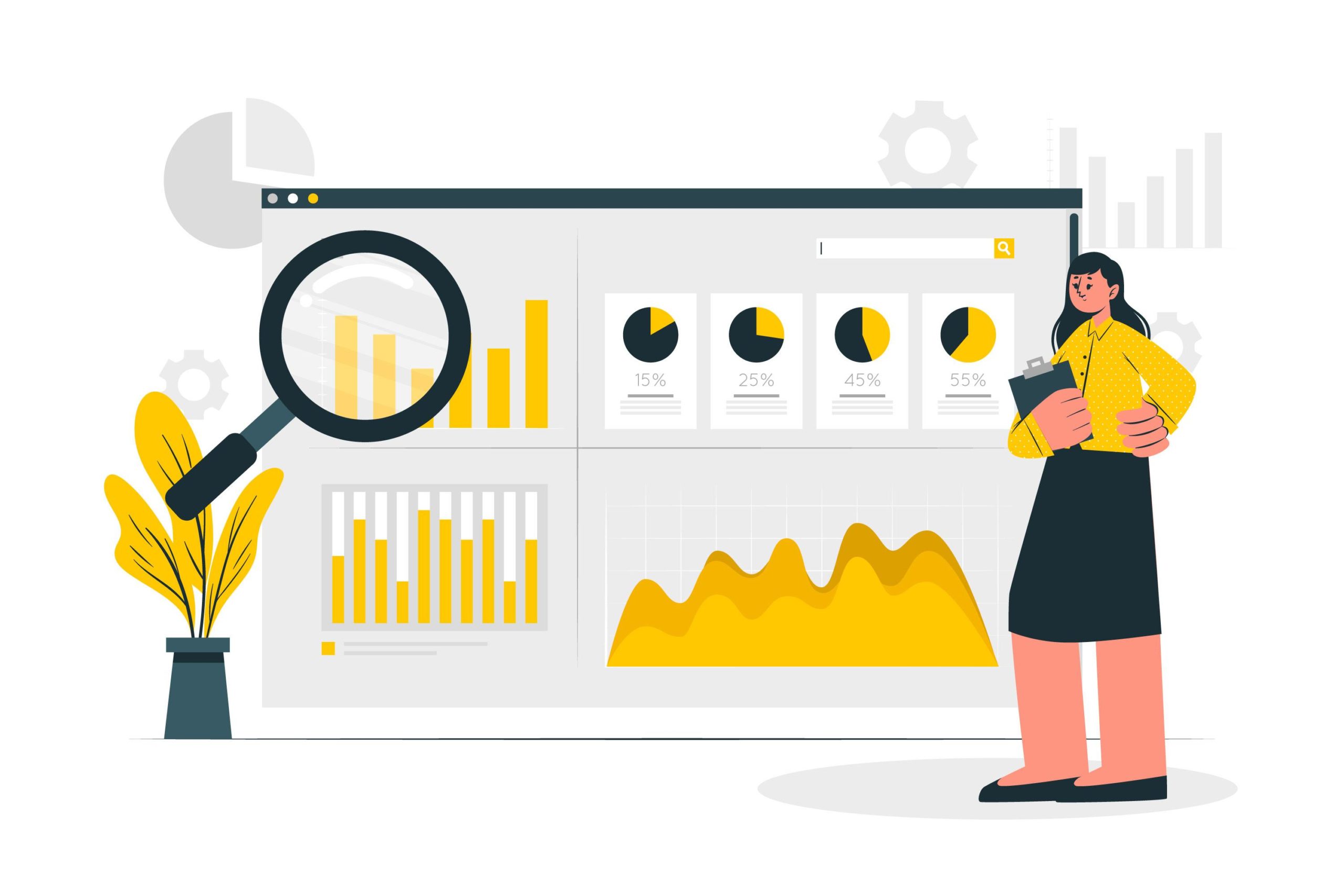Data analysis is an essential process in today’s world of business and science. It involves extracting insights from large sets of data to make informed decisions. One of the most common ways to represent a data analysis is through code. However, is code the best way to represent a data analysis?
In this blog post, we will explore the pros and cons of using code to represent data analysis and examine alternative methods of representation.
Advantages of performing data analysis through code
One of the main advantages of representing data analysis through code is the ability to automate the process. Code can be written once and then run multiple times, saving time and effort. This is particularly useful when dealing with large sets of data that need to be analyzed repeatedly.
Additionally, code can be easily shared and reused by other analysts, making collaboration and replication of results much easier. Another advantage of code is the ability to customize and fine-tune the analysis. With it, analysts have the flexibility to adjust the analysis as needed to fit specific requirements. This allows for more accurate and tailored results.
Furthermore, code is a powerful tool for data visualization, enabling analysts to create interactive and dynamic visualizations that can be easily shared and understood.
Disadvantages of performing data analysis through code
One of the main disadvantages of representing data analysis through code is that it can be challenging for non-technical individuals to understand. It is often written in specific programming languages, which can be difficult for non-technical individuals to read and interpret. This can make it difficult for stakeholders to understand the results of the analysis and make informed decisions.
Another disadvantage of code is that it can be time-consuming and requires a certain level of expertise. Analysts need to have a good understanding of programming languages and techniques to be able to write and execute code effectively. This can be a barrier for some individuals, making it difficult for them to participate in the entire process.

Alternative methods of representing data analysis
1. Visualizations
One alternative method of representing data analysis is through visualizations. Visualizations, such as charts and graphs, can be easily understood by non-technical individuals and can help to communicate complex ideas in a simple and clear way. Additionally, there are tools available that allow analysts to create visualizations without needing to write any code, making it more accessible to a wider range of individuals.
2. Natural language
Another alternative method is natural language. Natural Language Generation (NLG) software can be used to automatically generate written explanations of analysis in plain language. This makes it easier for non-technical individuals to understand the results and can be used to create reports and presentations.
Narrative: Instead of representing data through code or visualizations, a narrative format can be used to tell a story about the data. This could include writing a report or article that describes the findings and conclusions of the analysis.
Dashboards: Creating interactive dashboards allows users to easily explore the data and understand the key findings. Dashboards can include a combination of visualizations, tables, and narrative text to present the data in a clear and actionable way.
Machine learning models: Using machine learning models to analyze data can also be an effective way to represent the data analysis. These models can be used to make predictions or identify patterns in the data that would be difficult to uncover through traditional techniques.
Presentation: Preparing a presentation for the data analysis is also an effective way to communicate the key findings, insights, and conclusions effectively. This can include slides, videos, or other visual aids to help explain the data and the analysis.
Ultimately, the best way to represent data analysis will depend on the audience, the data, and the goals of the analysis. By considering multiple methods and choosing the one that best fits the situation, it can be effectively communicated and understood.
Check out this course and learn Power BI today!
Learn to best represent your data
Code is a powerful tool for representing data analysis and has several advantages, such as automation, customization, and visualization capabilities. However, it also has its disadvantages, such as being challenging for non-technical individuals to understand and requiring a certain level of expertise.
Alternative methods, such as visualizations and natural language, can be used to make data analysis more accessible and understandable for a wider range of individuals. Ultimately, the best way to represent a data analysis will depend on the specific context and audience.

